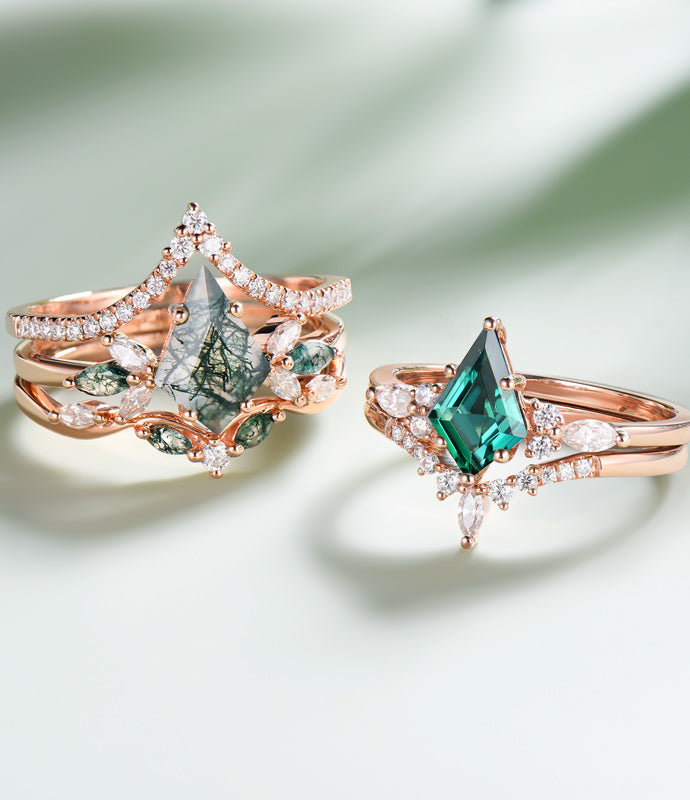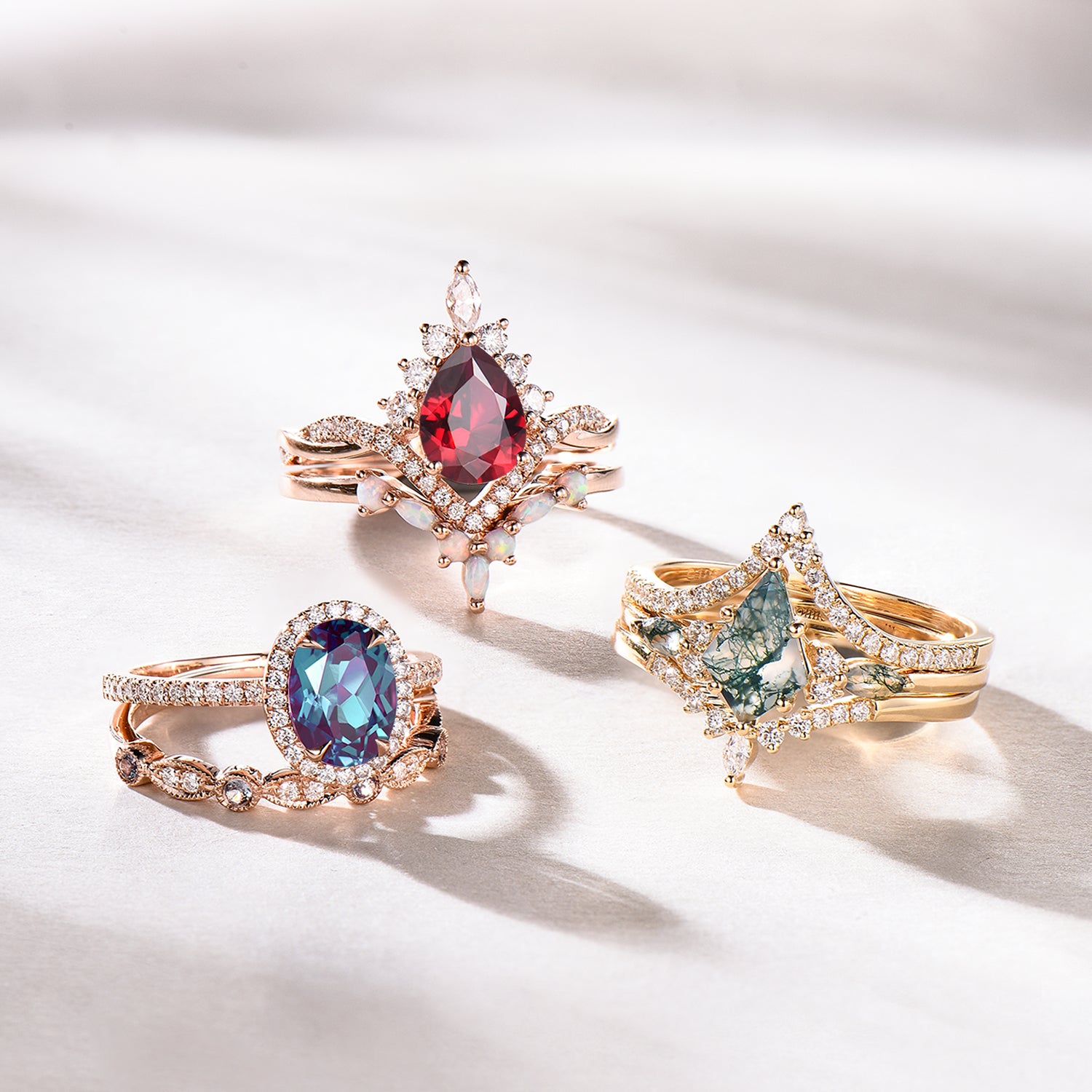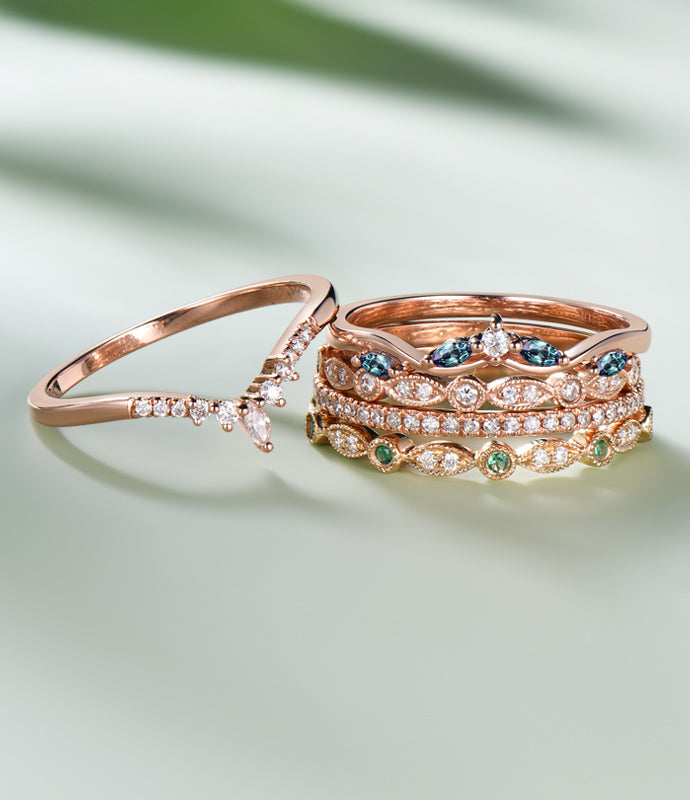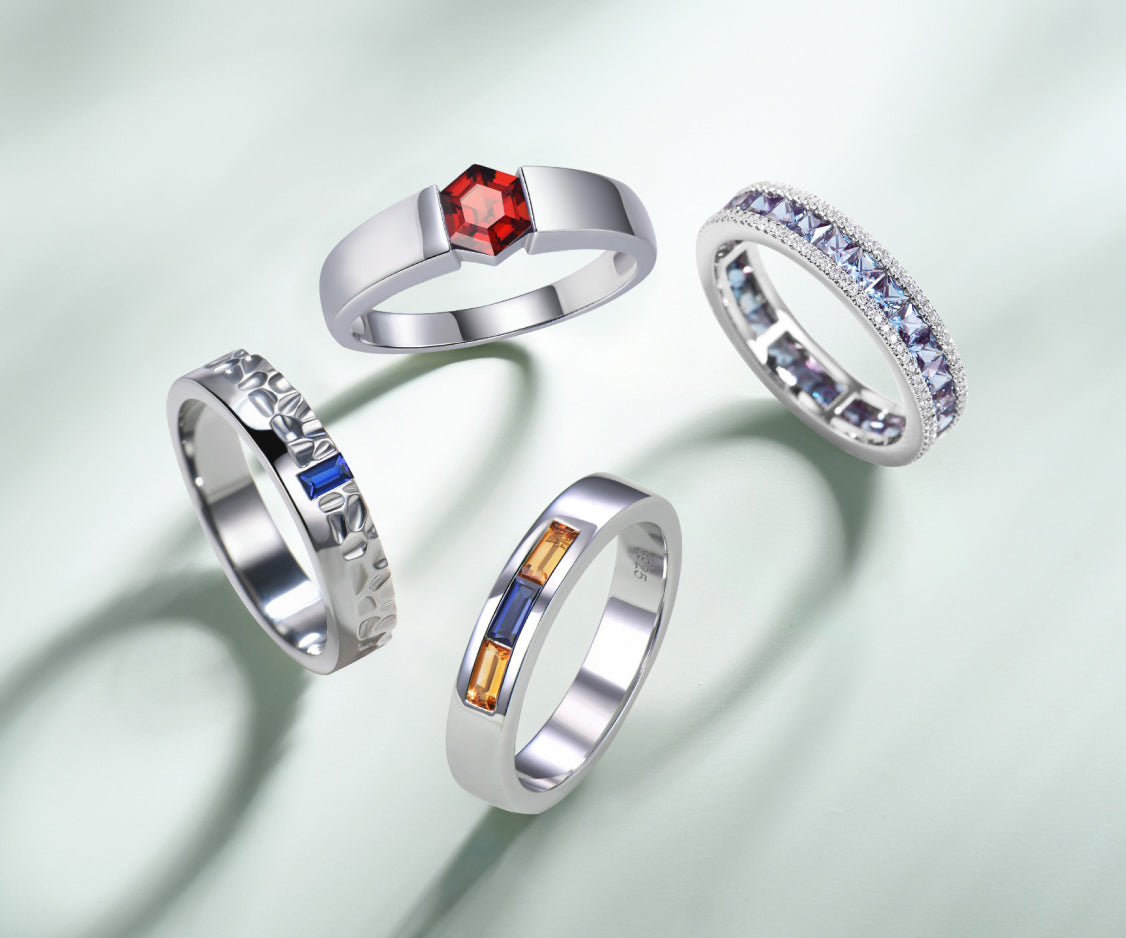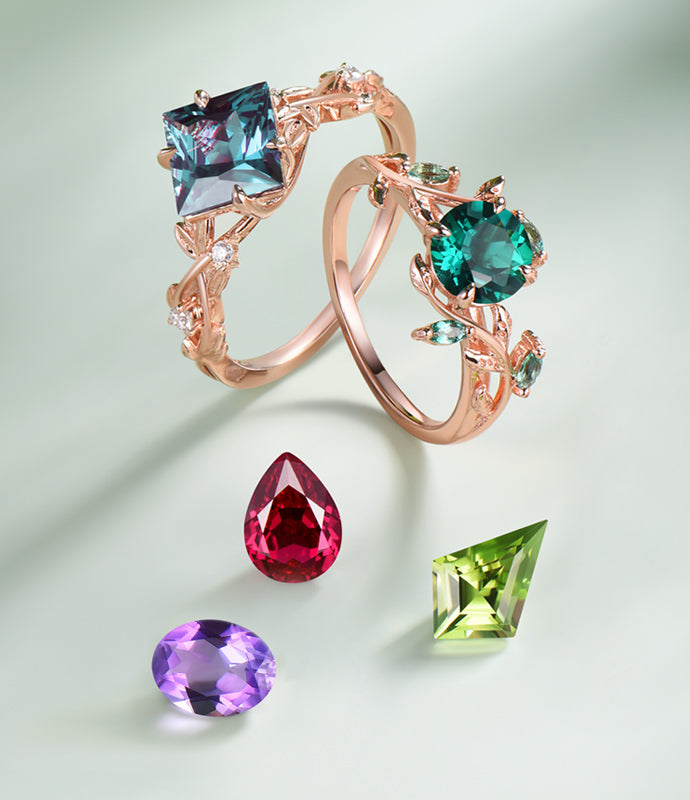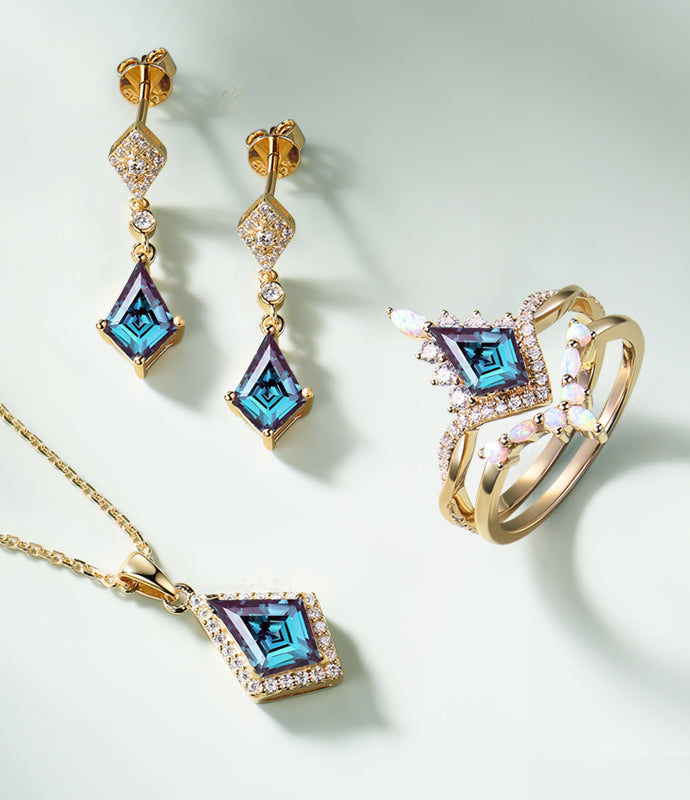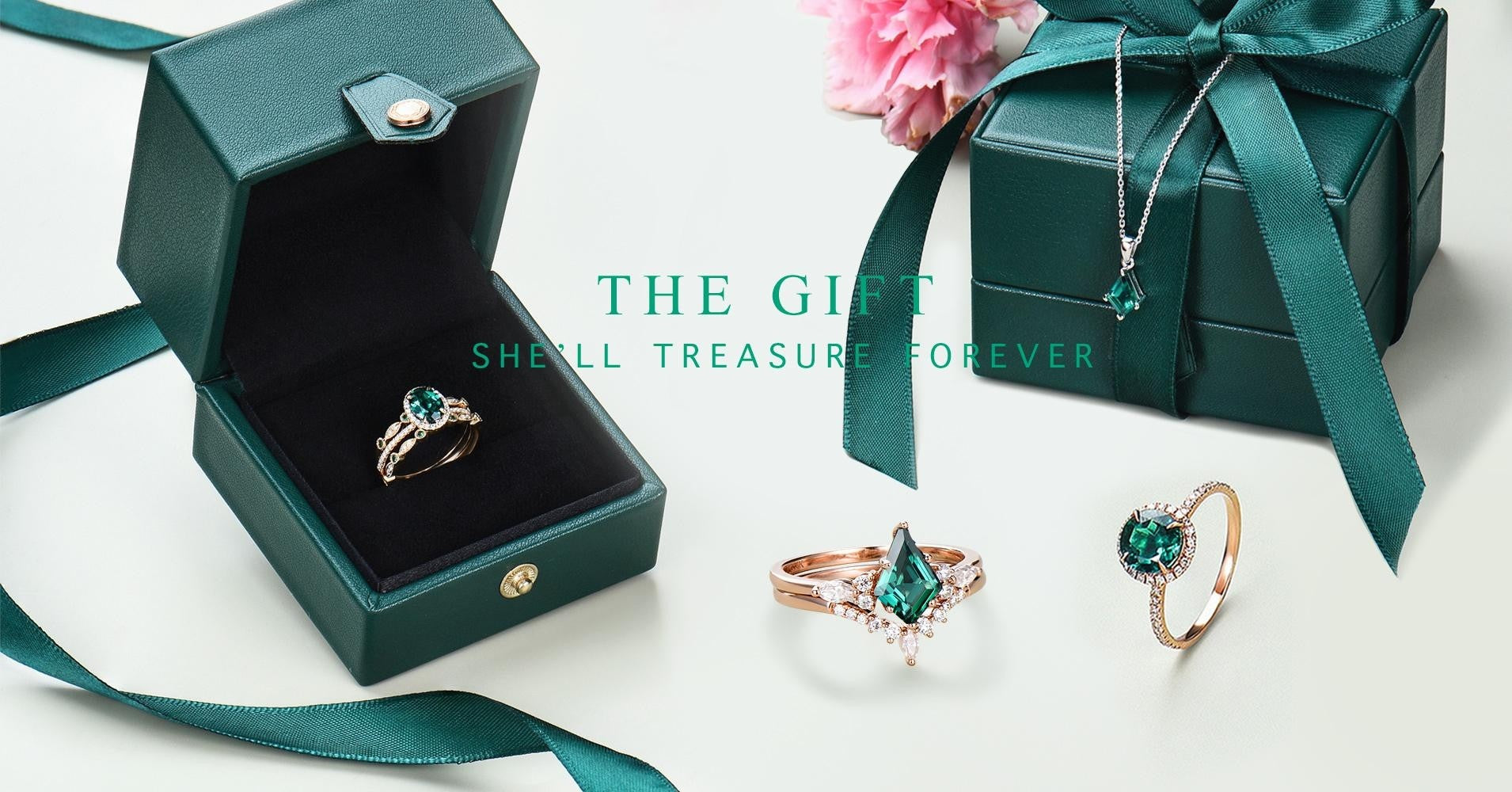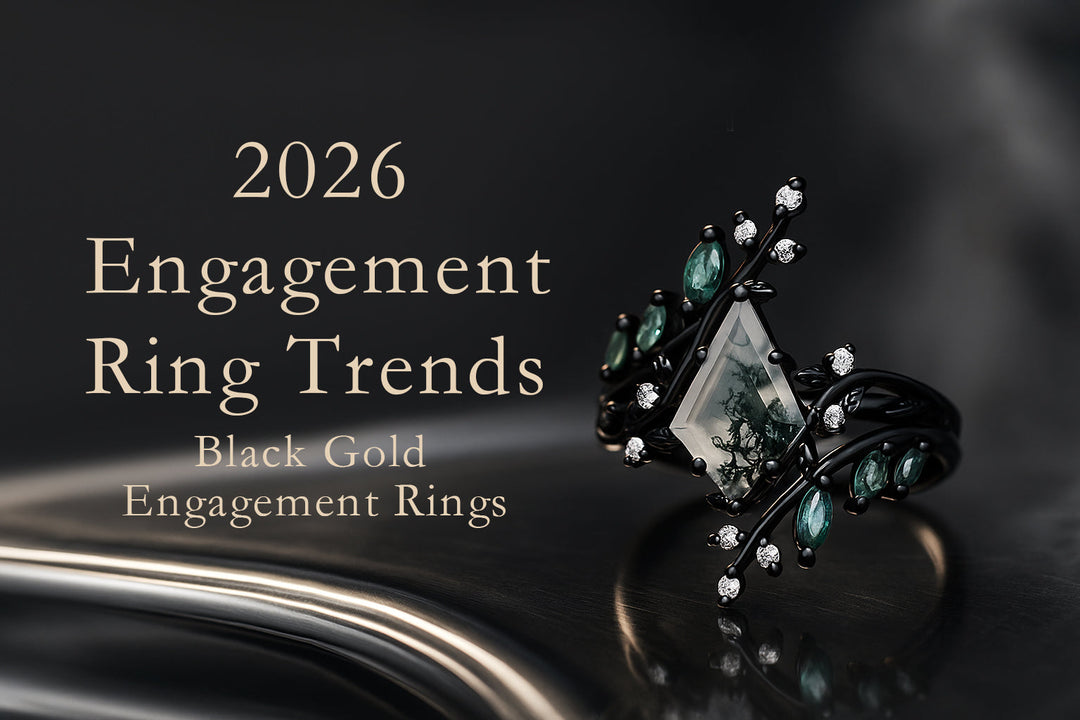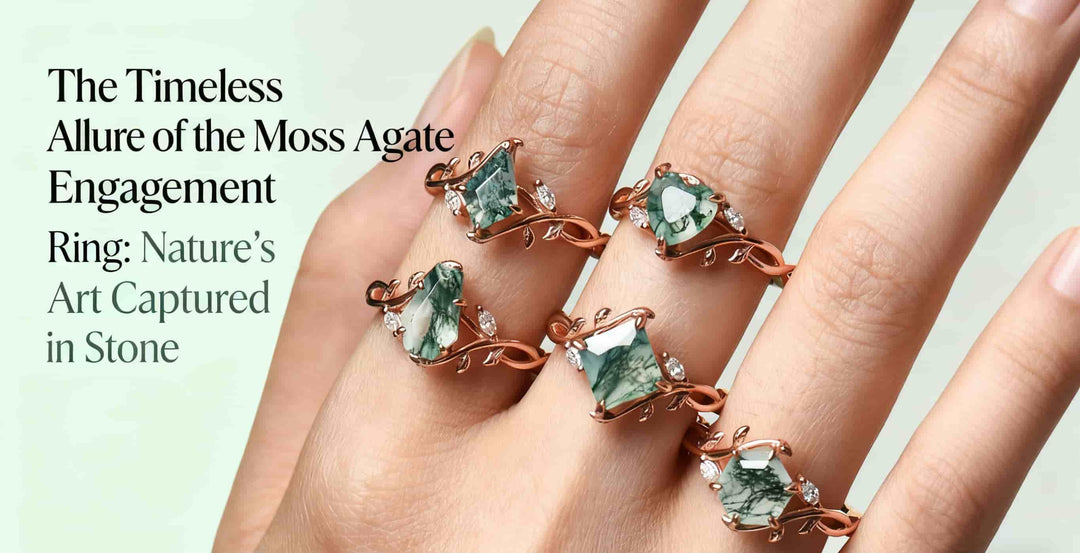Exploring the Wonders of Moissanite
When it comes to gemstones, few can match the beauty, durability, and affordability of moissanite. This mesmerizing gemstone has gained significant popularity in the world of jewelry due to its striking similarity to diamonds.
Moissanite was first discovered in 1893 by French chemist Henri Moissan in a meteorite crater in Arizona. Initially, he believed he had discovered diamonds, but further analysis revealed a new mineral composed of silicon carbide. It was named "moissanite" in honor of its discoverer. While naturally occurring moissanite is exceptionally rare, it can now be created in laboratories through advanced scientific processes.
Is Moissanite a Man-Made gemstone?
Moissanite is primarily created through a process known as chemical vapor deposition (CVD). In this method, a small seed of moissanite is introduced into a high-temperature chamber along with carbon-rich gases. Over time, the gases break down and the carbon atoms bond with the silicon atoms, resulting in the growth of a moissanite crystal. Through this man-made process, scientists have been able to produce moissanite gemstones that possess exceptional clarity, brilliance, and durability.

Kite Cut Moissanite Engagement Ring View Product
What is the Difference between Moissanite & Diamonds?
Moissanite shares several characteristics with diamonds, such as exceptional hardness, brilliance, and fire. However, there are a few key differences between the two gemstones:
a. Optical Properties: Moissanite has a higher refractive index than diamonds, meaning it exhibits more brilliance and fire when light passes through it.
b. Color: Moissanite has a different color range compared to diamonds. While diamonds can be found in various hues, moissanite tends to display a slight yellow or green tint.
c. Durability: Both moissanite and diamonds are incredibly durable. However, moissanite is slightly less hard than diamonds on the Mohs scale, making diamonds more resistant to scratching.
Besides, moissanite is an eco-friendly gemstone since it is lab-created rather than mined, reducing its environmental impact and it is a conflict-free diamond's alternative.

Princess Cut Moissanite Engagement Ring View Product
What is the value of Moissanite?
One of the significant advantages of moissanite is its affordability compared to diamonds. Moissanite offers a stunning alternative for those seeking a brilliant gemstone without the hefty price tag. Its exceptional durability ensures that moissanite jewelry retains its beauty for a lifetime, making it an excellent investment option.

Oval Shape Leaf Moissanite Ring View Product
Uses and Care of Moissanite Jewelry:
Moissanite is commonly used in various jewelry pieces, including engagement rings, earrings, necklaces, and bracelets. Its striking brilliance and affordability make it an ideal choice for those seeking an exquisite gemstone.
To care for your moissanite jewelry and maintain its brilliance, please follow these guidelines:
Cleaning: Clean moissanite jewelry regularly using mild soap and warm water. You can also use a soft brush to remove any dirt or debris.
Storage: Store moissanite jewelry in a soft cloth or a jewelry box to protect it from scratches or damage.
Avoid Harsh Chemicals: Keep moissanite jewelry away from harsh chemicals, including chlorine and household cleaning agents, as they may cause damage to the gemstone.

Vintage Round Moissanite Ring View Product
Moissanite's brilliance, affordability, and similarity to diamonds have made it a highly sought-after gemstone in the world of jewelry. Whether you choose moissanite for its dazzling beauty or ethical reasons, this remarkable gemstone is sure to captivate and adorn your jewelry collection for years to come.




